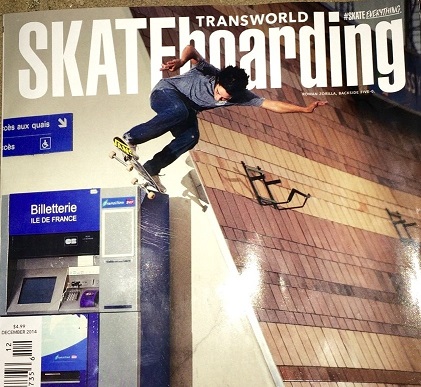What will you do differently in the next 12 months to drive revenue?
Now more than ever, your sales organization must be able to focus and execute on key opportunities for success. The approach that you took over the past two years may not work in the new business environment. As you refine your plans for the balance of this year, let’s make some reasonable assumptions:
- Your customers may spend only where they “have to”.
- Companies with the most clearly defined value (as agreed to by their customers) will excel.
- Weaker organizations may not have the resources to compete.
- The competition may be gunning for the embedded revenue that you currently hold.
- You must have a way to protect your base while pursuing targeted accounts.
We help organizations to define and implement a repeatable process for revenue generation. To recalibrate, we have moved some of our client’s resources to “refine” their efforts towards a new approach.
Are you positioned to proactively identify and go after those situations? Standing on the sidelines “waiting” for something to happen won’t get you there. Here is how we begin that process with our customers, aka FOCUS:
- What mid-sized opportunities reside in the competition’s hands that we could make a play for?
- Once this is determined, how well do we match up in a comparison of capabilities?
- What are the most profitable opportunities we can develop?
- Who in the target organization do we need to speak with to facilitate a change?
- What internal and external resources do we need to compete?
Once these questions have been answered, we then develop a tactical approach on how to EXECUTE on these revenue opportunities from both the sales and marketing capacities.
Are you ready? Let’s get started.




